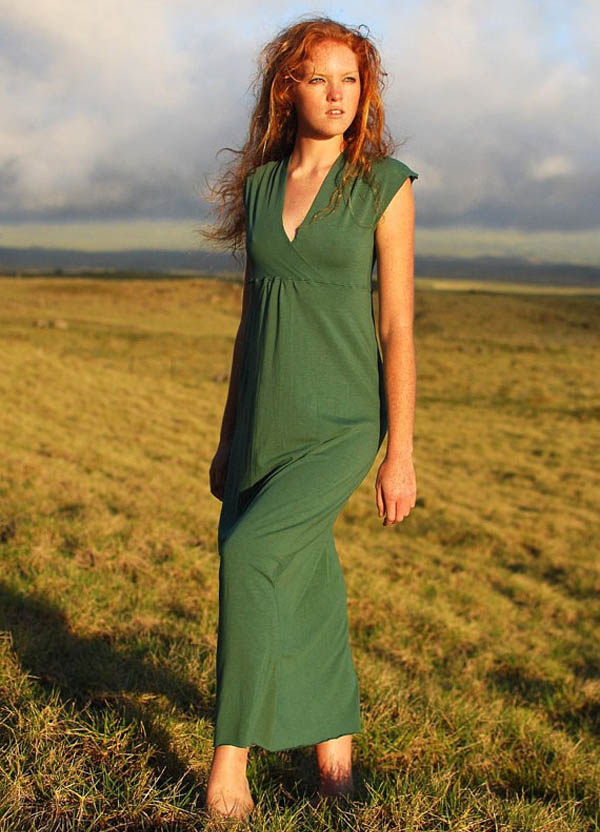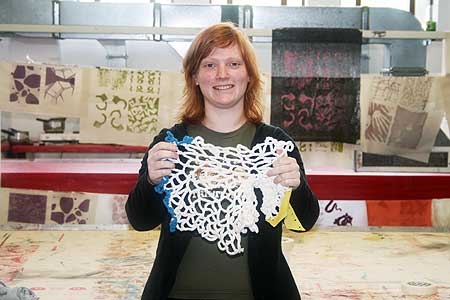
At a time when the forms and meaning of things around us are changing faster than one could imagine, the meaning of weird has also found new dimensions. It’s not just about something strange or unusual things often used with an inherent negative meaning, but also about the meaningful things that can have huge positive impacts on our daily lives. Here we are presenting 10 such ‘weird’ things you would actually love because of their eco friendly credentials. The list includes fabrics produced from naturally available materials around us. Only difference among them and regular fibers is that they are produced from sources that will challenge many of yours imagination. The sources include milk, spider web, soy, coffee grounds etc to keep you interested.
Spider-web fabric
Appearing like silk, the spider-web fabric is as elastic as nylon and almost 30 times more resistant than Kevlar. It has been produced through mechanical weaving of spider-webs by the researchers at Corpe Nove in partnership with the University of California and Grado Zero Espace. The spider webs were obtained from the rare Nephila Clapvipes breed of spiders. The researchers say that this eco friendly fabric is not only natural but also overpass other popular materials in terms of performance.
Nettle Ecofibers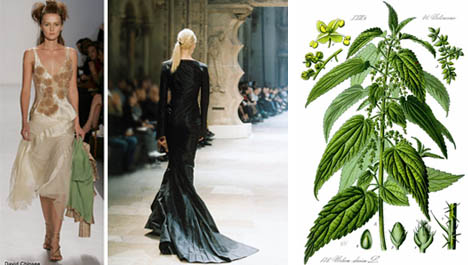
The Nettle Fabric is produced from the stinging hairs of Nettle plants. Produced by Savage Design, this weird but eco friendly fabric seeks to re-establish human-wild relationship. Nettles have been found to have profound healing and nourishing effects on human beings. The producers have tried to take these advantages to a higher level by engaging tribal communities in the Himalayan jungles for wildcrafting this fabric. They also provide a packet of Nettle tea with every package of the fabric you purchase..
Milk Silk fabric
There are different ways to use milk. But the one about which we are writing here is really really weird. Researchers have produced eco friendly yarns from milk protein fibers with the help of a new bio engineering technology. Not only the health benefits, this fiber can also be spun alone or with other fibers like cashmere, silk, cotton, wool etc. Also, the milk yarn is resistant to the effects of bacterias, fungus etc. and absorbs the moisture very well because of its hygroscopic nature.
Ramie Fiber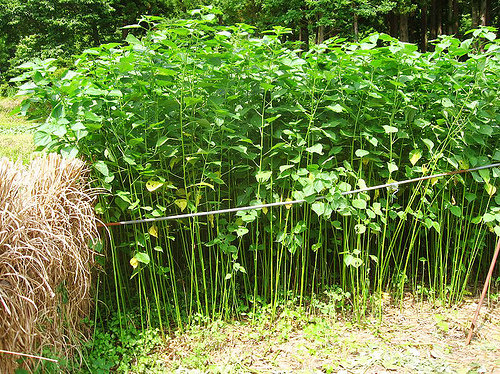
Recognized as a premium fabric material, Ramie is a perennial member of the nettle family. It can be produced six times a year and the fiber obtained from this plant is considered to be one of the strongest available natural fiber. The use of this fabric has not not been much popular because of the costly extraction process. However, the eco friendly properties have rekindled interest in this fabric.
Tencel Fabric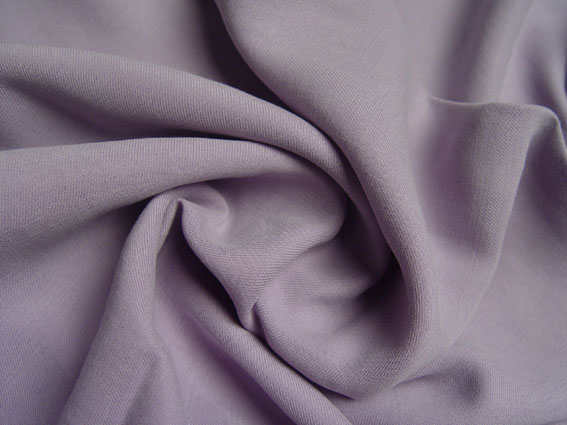
Also known as Lyocell, the Tenecel Fabric is an environmentally sustainable textile created from wood pulp with the help of nano technology. All solvents and emissions are either recovered or decomposed during the production process, thus making it highly eco friendly material for clothing purposes. The completely bio-degradable fabric also offers a lot of variety in terms of color, skin sensitivity, durability, resistance to microbes and comfort to the users.
Bamboo Fiber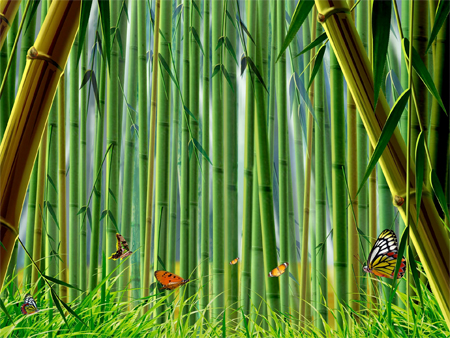
The Bamboo fiber is made from the pulp of bamboo. it is basically a cellulose fiber which can be easily extracted or fabricated from the natural Bamboo. There are many eco friendly benefits of using this green fiber. Firstly, a bamboo can be quickly cultivated which can create huge employment opportunities. Secondly, the cultivation of bamboo would also result in the reduction of green house gases.
Soy Silk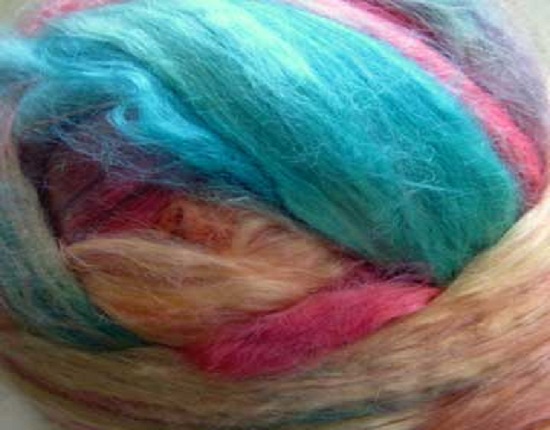
The concept of soy silk may sound new to you. However, this eco friendly fiber has been around us for years. The soy silk is made from wastes produced at the tofu manufacturing units. For this, the soy protein is first liquified and then shaped into long fibers. It is then stored for spinning. The clothes made from this fabric are easy to wash and less prone to damages. The soy silk can be purchased for about $13/200-yard stein.
Hessian Cloth
The Hesssian cloth is prepared from the skin of jute plants or from sisal fibers. This fabric can also be mixed with other vegetable fibers for creating stuffs like ropes, nets etc. The hessian cloth has been used historically as a coarse fabric. However, the researchers have now found ways of using this eco friendly material for making clothes.
Clear polymer and polyvinyl alcohol fabric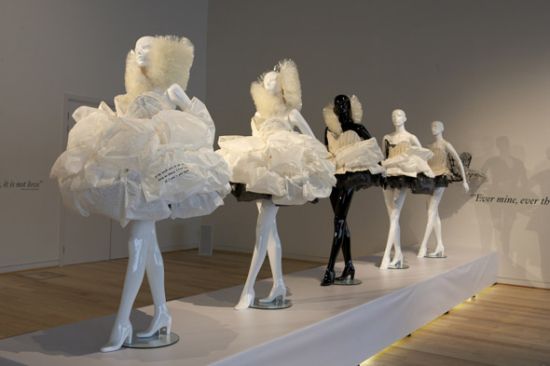
With the help of polyvinyl alcohol, British professors Helen Storey and Tony Ryan have created the first of its kind dissolvable dress which leaves you free from the burden of disposing used clothes. It is based on the principle of self-destructible plastics developed by Prof. Ryan. The professors have also developed dissolvable bottles and water purification pillow on the basis of this principle.
Cafe Fabric
The Singtex Industrial co. has developed a product with the help of fibers produced from waste coffee grounds. Named as S. Cafe, this eco friendly fabric not only dries quickly and controls odors but also provides protection from the ultra violet (UV) rays to the users. The Taiwanese company says this fabric is completely chemical-free and its production process is also highly energy efficient.



